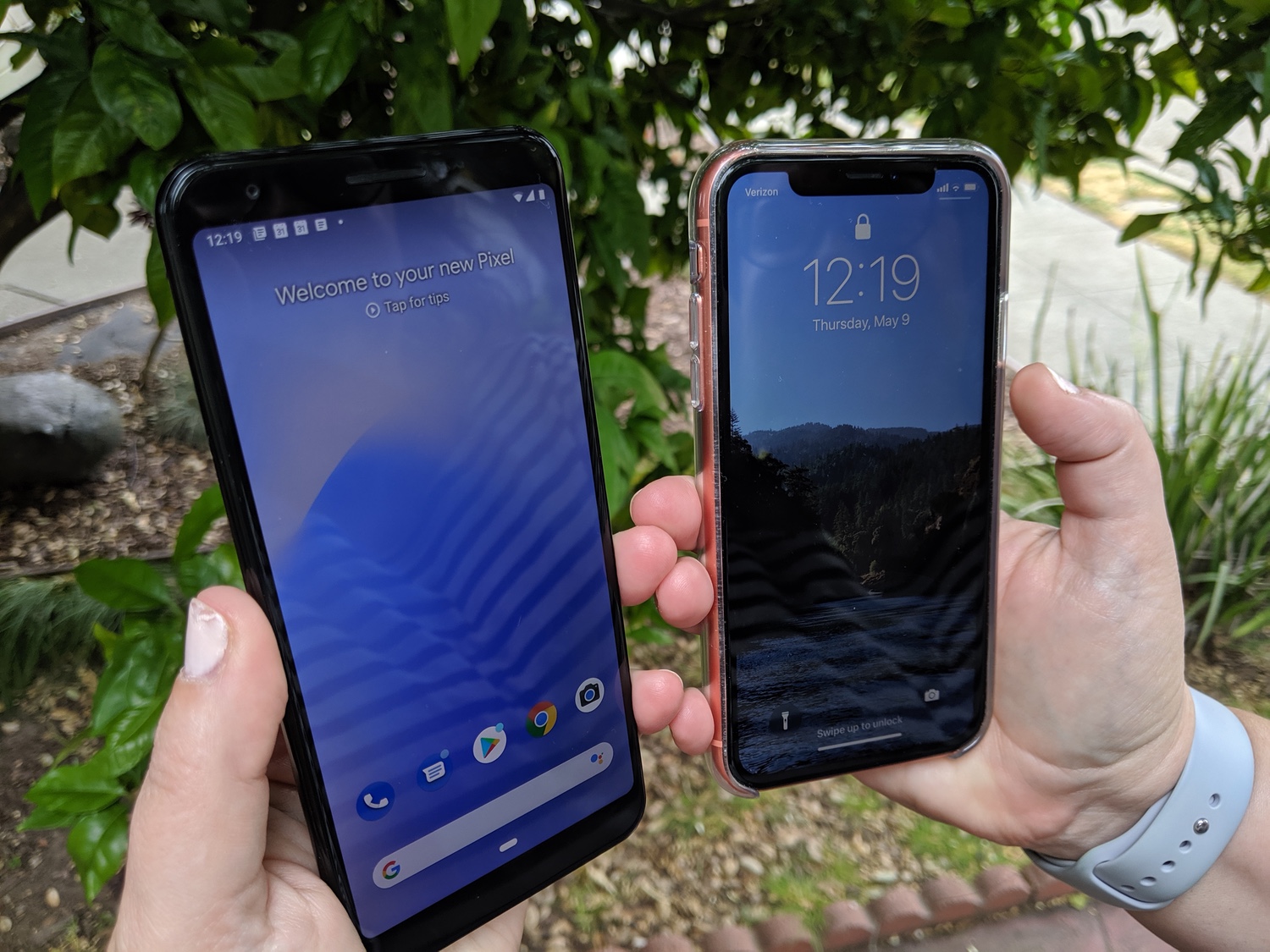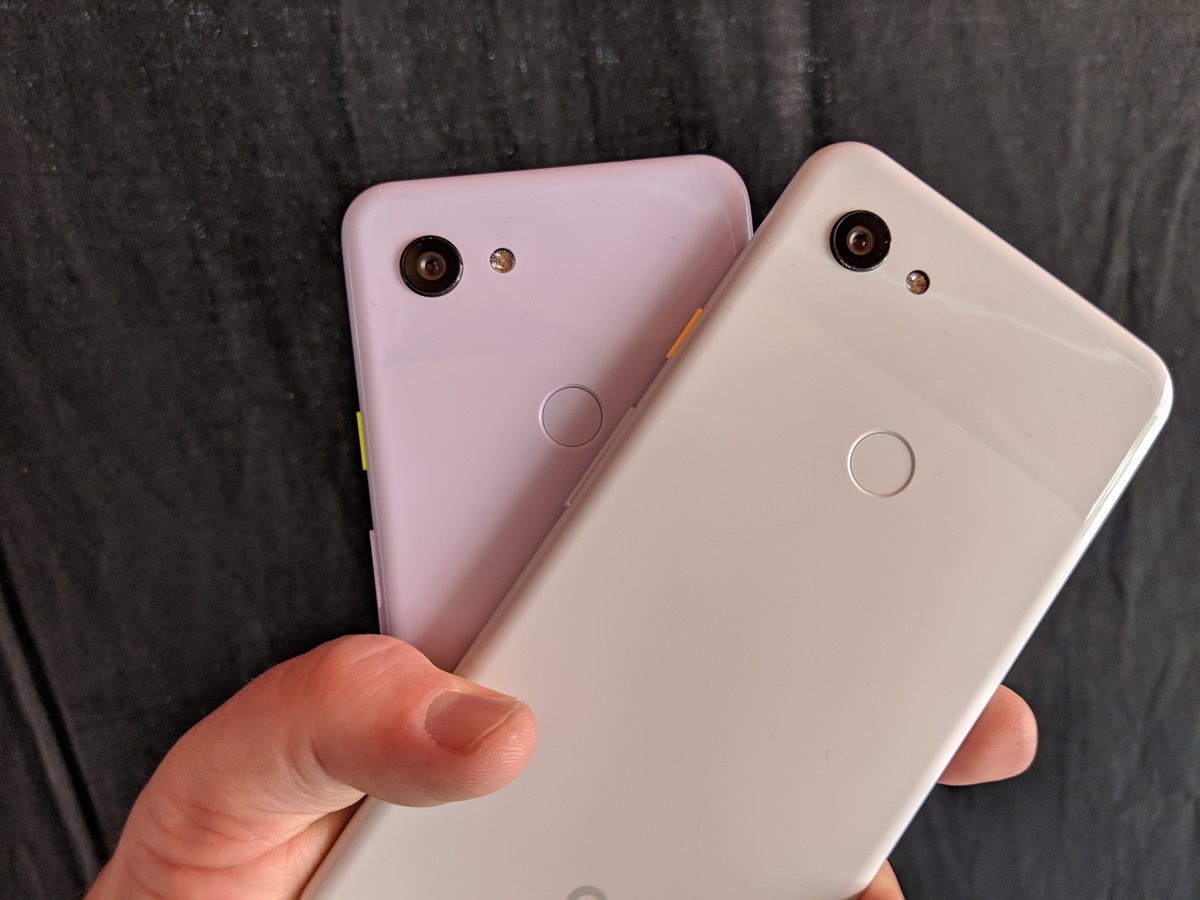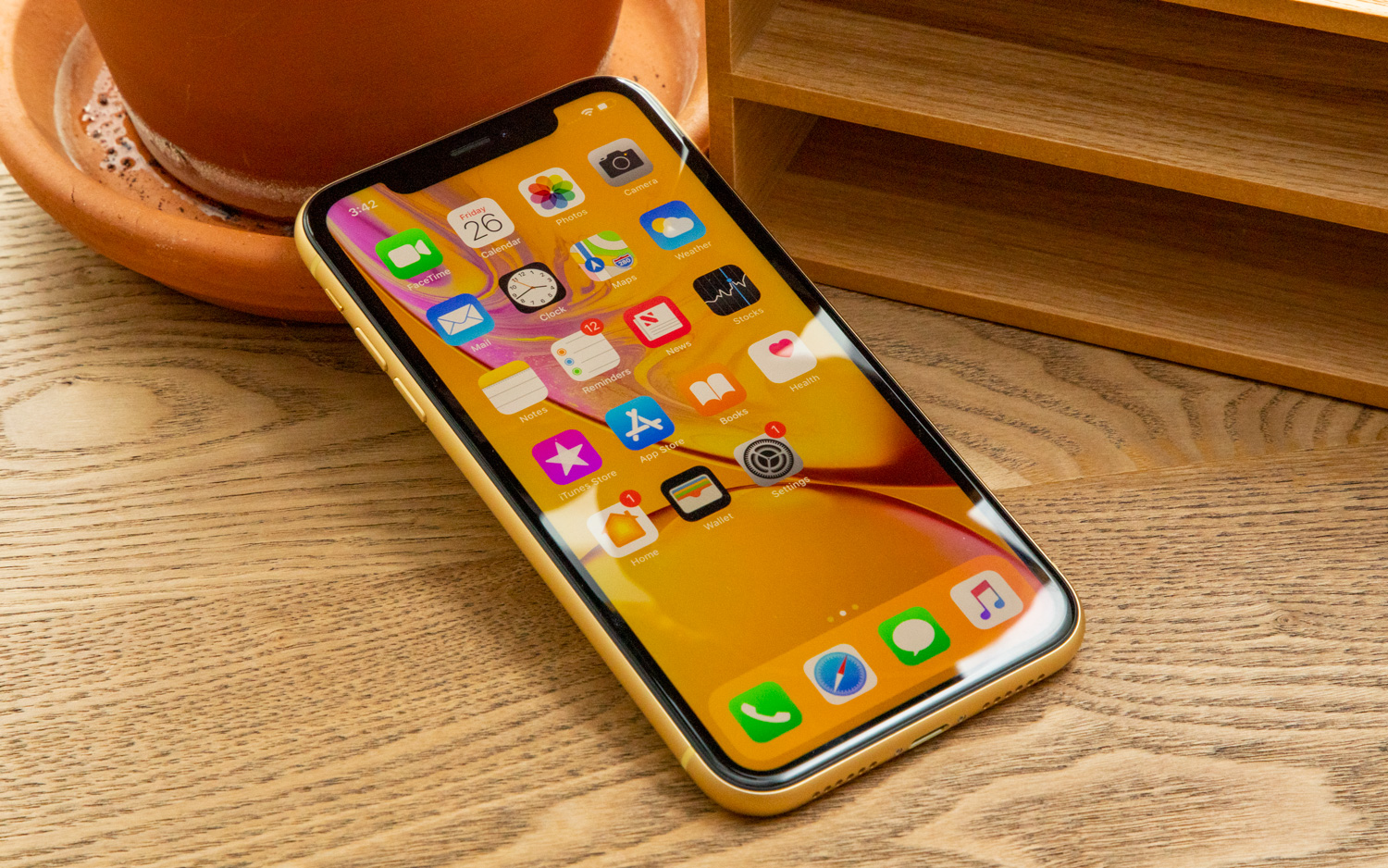Why the Pixel 3a Is No Threat to the iPhone
The newly unveiled Pixel 3a and Pixel 3a XL are appealing phones with killer price tags. But they face the same problems that have plagued other midrange smartphones.
Google this week announced the Pixel 3a, a $399 phone with most (but not all) of the features of last year's flagship Google smartphone, the $799 Pixel 3. While this move definitely puts some pressure on Samsung and Apple, who continue to reap most of the profits in the smartphone market, it's not likely to end the era of the premium smartphone.

The case for the Pixel 3a...
There's a lot to applaud about the Pixel 3a. Many consumers have resisted the new super-premium class of smartphones of the last few years as Samsung and Apple pushed prices into four figures. That happened just as U.S, carriers phased out the subsidies that once cut the sticker price by rolling much of the cost of a phones into your monthly bill.
Let's also admit that the pace of smartphone innovation has slowed quite a bit in the past few years. Yes, there are still incremental improvements every year, but it's not like the early days of the iPhone, when buying on a two-year contract meant you would miss out on enormous strides forward while you waited for the clock to run out.
While the U.S. smartphone market has never really embraced the mid-priced phone — it generally is divided between value seekers and those willing to pay for a premium experience — if anyone can push consumers into that space, it's Google.

Google's phone hardware is consistently good, and using stock Android is a superior experience to wading through the add-ons that burden devices from other phone makers. Google is also a strong, recognizable and positively viewed brand, and the fact that it's the platform owner of record adds some extra credibility.
... And the case against
Get instant access to breaking news, the hottest reviews, great deals and helpful tips.
That said, I can’t get past how the Pixel 3a is a "tweener" — neither a bargain nor a premium device — in a category that has been repeatedly rejected in the United States. People want to get a cheap phone or they want a high-end Samsung or Apple device. Google's previous Pixels have been premium phones, flagships that show off the best of Android, while this is a half-masted flagship flying the flag of savings. It's a little awkward.
People want to get a cheap phone or they want a high-end Samsung or Apple device.
Also, the lengthening of the smartphone buying cycle — thanks to that slowing pace of innovation and the increase in premium phone prices — actually works against Google. If you're keeping your phone for three or more years, do you want to buy a mid-priced version of last year's hotness? Or do you want to spend more on the cutting edge with the confidence that what you buy will still be a good phone in a few years?
There's also a problem with the premise that Google is taking on the $749 iPhone XR with this $399 phone. The 6.1-inch iPhone XR is a larger phone — more analogous to the $479 Pixel 3a XL, with its 6-inch screen. If you want a larger model, the price gap between the entry-level phones of Google and Apple has already narrowed. Also, Apple will try very hard to avoid selling you an iPhone XR for full price: The company offers aggressive iPhone XR deals via trade-ins of existing phones, closing the gap between mid-range and premium even further.

Then there's Google's track record as a seller of smartphones. Put bluntly, these are phones that are appreciated by tech journalists and smartphone nerds, but not many others, for the reasons I've already mentioned here. They're good phones that almost nobody buys.
Google's share of the smartphone market is in the low single digits. Is that going to change now? Never say never, but this has proven to be a tough nut for Google to crack, and Apple and Samsung have shown plenty of ability to stay on top of the pack.
The power of the premium phone
Much of the discussion about the Pixel 3a is (understandably) to juxtapose it with Apple's ratcheting-up of iPhone prices over the past few years, but it's going to be hard for Google to convince an iPhone user to jump ship to an entirely new platform.
Samsung is probably a bigger target, but it has spent years investing in its own micro-ecosystem inside of Android for this very reason. Even leaving Samsung for a competitor requires a leap of faith that many consumers aren't willing to make, or even interested in making. Brand loyalty is real.
Apple wants customers who are willing to pay. That's its whole strategy.
Finally, for anyone hoping that Google's entry into the mid-range means that Apple will respond with a mid-priced iPhone, like a remix of its old iPhone SE — don't hold your breath. As an iPhone SE fan, I'd love to see it, but Apple has gotten where it is today by cranking up revenue and prices and taking an enormous share of the overall profits of the smartphone market.
That said, Apple's shift to boosting services revenue offers some hope to people hoping for lower-priced iPhones. As the value of keeping customers in the Apple ecosystem grows, Apple's reliance on device revenue can be tempered with the knowledge that each customer will provide Apple an ongoing revenue stream. Still, a case can be made that someone who will only pay $399 for a smartphone is also going to generate less services revenue than someone who pays $999.
In the end, Apple wants customers who are willing to pay. That's its whole strategy. The only way that will change is if, somehow, the Pixel 3a can transform the smartphone market by draining sales away from Samsung and Apple, forcing those companies to react. As cool a product as the Pixel 3a is, Google's track record suggests that development is highly unlikely.
Credits: Tom's Guide
Jason Snell was lead editor of Macworld for more than a decade and still contributes a weekly column there. He's currently running the Six Colors blog, which covers all of Apple's doings, and he's the creative force behind The Incomparable, a weekly pop culture podcast and network of related shows.
